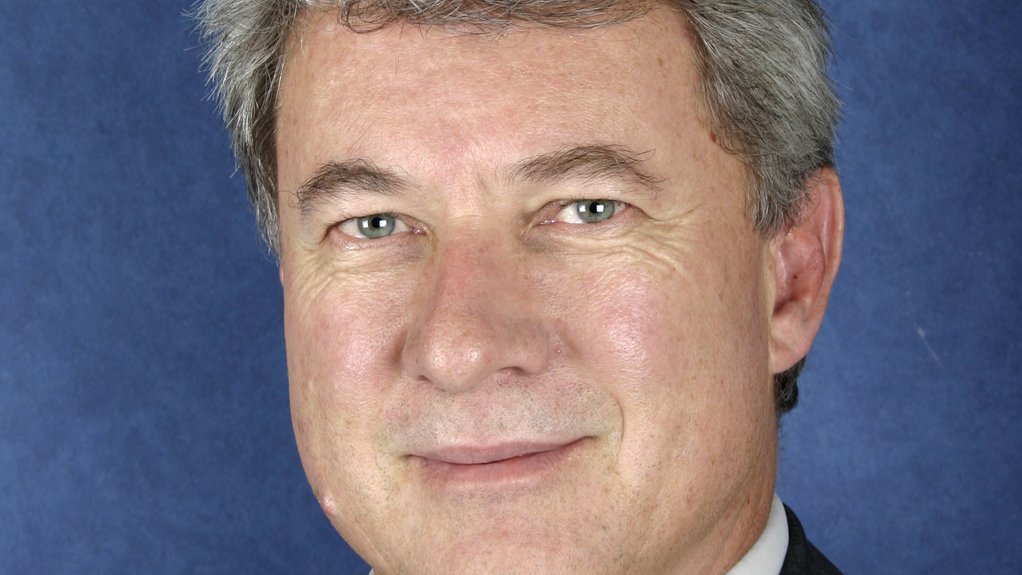The development of the proposed nuclear energy project in South Africa could become increasingly difficult to complete, should the economy be downgraded to ‘junk’ status by credit rating companies.
According to advisory firm KPMG global infrastructure advisory head De Buys Scott, the biggest challenge facing the nuclear deal remains the affordability of the project. To maintain the projected deadline of producing nuclear energy by 2030, he projects that the next six months remain cardinal to role-players, as this will enable them to gauge the economic status of the country and the procurement process for nuclear.
Scott indicates that the possible status downgrade and looming recession could lead automatic investment risk programmes used by global investors to declare the South African economy as default, withdrawing funds and investment opportunities.
“It will not even be a decision which first has to be tabled; it will happen immediately. The moment the South African economy is downgraded, the country and currency instantly lose their attraction and everything goes south very quickly.”
He further states: “The country as a whole would need to resolve political leadership issues as promptly as possible to regain market strength.”
The then national Budget, presented by Finance Minister Pravin Gordhan in February, could enhance economic stability if it yields the extra funds as projected, Scott says.
“Further, stakeholders involved in the country’s economic sectors will have to demonstrate that short-term measures can be implemented to prevent raters from classifying the country’s economic status as ‘junk’.”
Despite the economic pressures surrounding the nuclear deal, Scott maintains that the eventual implementation thereof will be an asset to South Africa’s power and electricity sector: “If the country can stay out of the economic quagmire and afford the proposed nuclear project, I believe entities involved should not even blink twice and carry on with the proposed plans.”
He praises the procurement process used thus far for the power industry and adds that parties involved in the deal have the right skills base and know-how to ensure the megaproject meets projected deadlines.
“As long as the project remains affordable, we can look forward to a cleaner, larger source of baseload energy, improving the long-term sustainable electricity production in the country,” he states.
While most emphasis has been placed on whether government and subsequent stakeholders can afford the nuclear project, Scott notes that the public remains “in the dark” regarding the nuances of the deal, with it being rumoured that a binding transaction has been made with Russian State Atomic Energy Corporation (Rosatom), and developmental agreements have been entered into with companies in countries such as France, China and Korea.
“The public has been made aware that there have been engagements with nuclear energy providers, but only time will tell if they buy into the project and approve of its feasibility,” Scott states.
He adds that, while nuclear has garnered most of the attention of late, other energy-producing programmes have been adding power to the grid in South Africa.
“Five years ago, we thought that renewable-energy projects were an Everest to climb, but South Africa has proven that we have one of the best renewable-energy programmes globally. This has also added to the development of the power sector in South Africa, as renewables now supply 6 MW to the grid.”
Scott adds that the introduction of nuclear energy, along with other energy programmes, will end power problems such as load-shedding, which plagued the country last year. He notes that the introduction of the coal baseload programme now adds 1 000 MW to the grid, while it is projected to provide up to 2 500 MW by 2021.
“Along with the baseload coal programme, the Gas Utilisation Master Plan, or Gump, which will yield another 2 GW to 3 GW to the grid, is being investigated by stakeholders in the gas industry.
Parallel to these programmes, the grid also has State-owned power utility Eskom’s Medupi and Kusile power plants, which are projected to add a combined 10 GW upon completion,” he states.
While these programmes are providing much-needed capacity for the grid, Scott notes, nuclear energy remains a perfect fit for the total energy provision mix for South Africa, along with coal, gas, cogeneration, hydroelectricity and renewables sources.
“If you add nuclear to that mix, you have baseload energy that lasts the longest, and is much cleaner and more stable,” concludes Scott.
Edited by: Zandile Mavuso
Creamer Media Senior Deputy Editor: Features
EMAIL THIS ARTICLE SAVE THIS ARTICLE
To subscribe email subscriptions@creamermedia.co.za or click here
To advertise email advertising@creamermedia.co.za or click here













